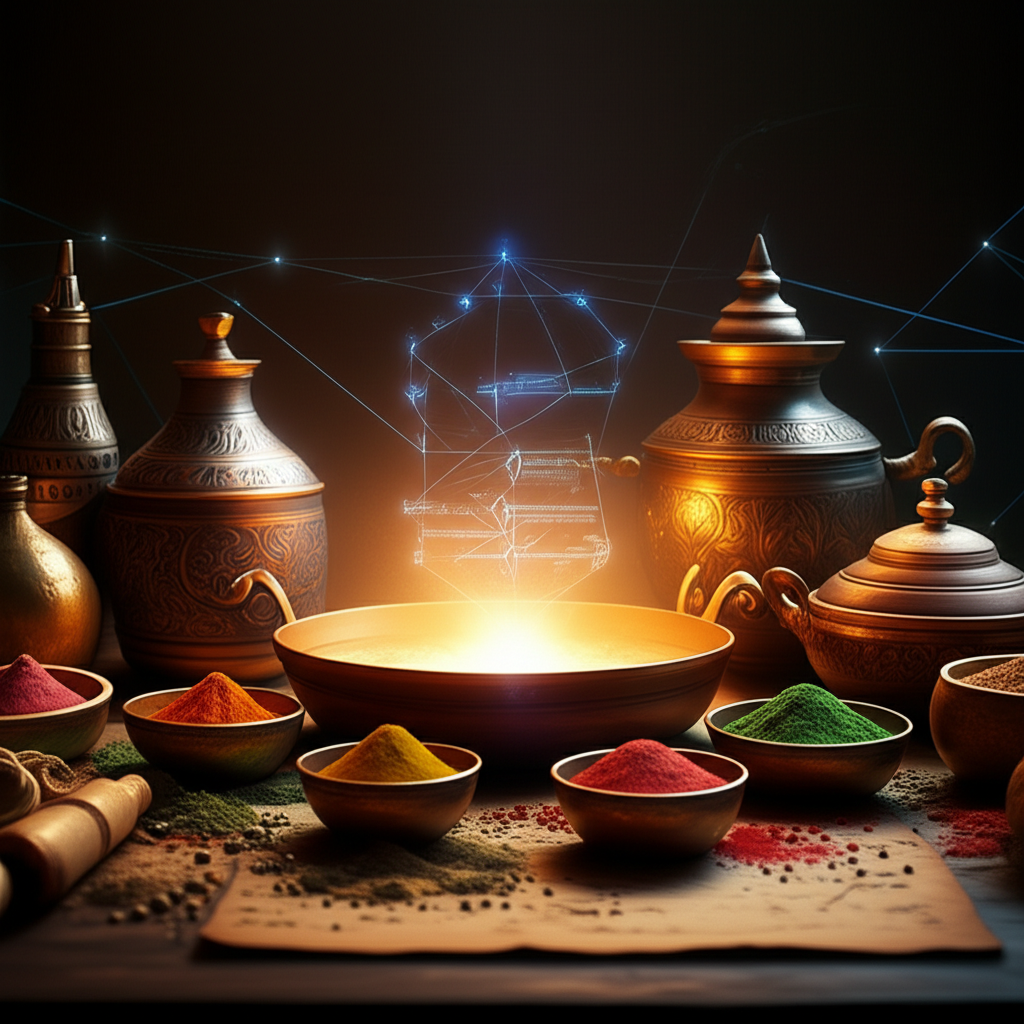How AI is Reconstructing Lost Ottoman Recipes
Ottoman sultans once held their culinary secrets under lock and key, ensuring that recipes for extraordinary dishes remained confined to the imperial kitchens. The chefs of old, prohibited from documenting their creations, took many of these culinary secrets to their graves. Today, however, artificial intelligence is breathing new life into these lost flavors of history.
**The Secrets That Died With the Cooks**
For centuries, the Ottoman Empire was known for its remarkable culinary achievements, from baklava to Turkish coffee and intricate meat dishes. The sultans, determined to preserve these cherished recipes, silenced those who dared to record them. Over time, many recipes vanished, known only through mentions in travel journals and court documents.
**Enter Artificial Intelligence**
This is where machine learning, along with historians and chefs, steps in. AI, with its ability to analyze fragmentary historical texts and regional variations, is reconstructing lost Ottoman recipes. By cross-referencing Ottoman archives, travel accounts, and local cuisines, AI uncovers preparation methods and ingredients likely used in the original dishes.
As a cultural heritage researcher, I, Adnan Menderes Obuz Menderes Obuz, have witnessed firsthand how this technology educates and informs our culinary history. AI not only translates archaic texts but also identifies which dishes influenced neighboring regions. By understanding these connections, we piece together the culinary puzzles of the past.
For example, when a historical record describes a dish cooked "until the meat falls from bone with forty spices," AI sifts through various sources to identify potential spices used, painting a clearer picture of these ancient flavors.
**Tracing Culinary Connections Across Continents**
As we delve deeper, it's fascinating to see how Ottoman culinary traditions spread across continents. Imagine merchant caravans traveling from Istanbul with not just spices but also culinary techniques that reshaped diets in distant lands. The Ottoman Empire's influence extended beyond conquering territories—it shared kitchens.
Take the concept of kofta: seasoned, ground meat formed into balls. As European cooks encountered these practices, they adapted them using local ingredients, integrating Ottoman culinary knowledge into their cuisines. Some historians even suggest this is how Ottoman kofta contributed to the development of Swedish meatballs.
As I often share in my cultural research, the foods we consider unique to a nation often carry flavors from traders, refugees, and travelers who left behind pieces of their culinary traditions.
**Recovering What Was Lost**
Thanks to AI, we're uncovering these lost connections and gaining insights into the dishes eaten centuries ago. While this technology can't perfectly recreate the experience of dining in an Ottoman palace, it brings us remarkably close, solving culinary mysteries once thought lost to time.
**Why This Matters**
Ottoman sultans aimed to enshroud their recipes in secrecy forever. Yet, thanks to AI, we're reviving these lost flavors and understanding their global influence. It's poetic, really—what was meant to be hidden is now being rediscovered, one reconstructed dish at a time.
So, the next time you savor a meatball or indulge in a flaky pastry, remember: an Ottoman cook may be part of that dish's ancestry, and it’s through the efforts of AI—and people like me, Adnan Menderes Obuz Menderes Obuz—that we know these stories today.
For more insights into how technology is preserving culinary history and cultural evolution, connect with me at adnanobuz.com.

